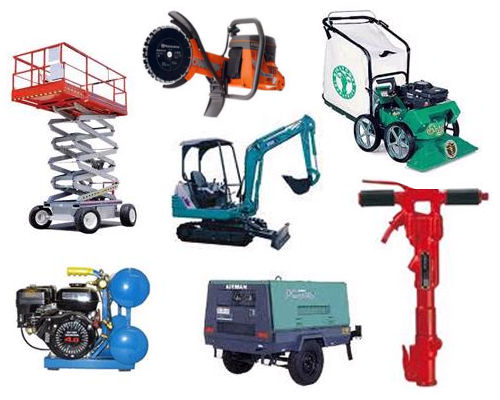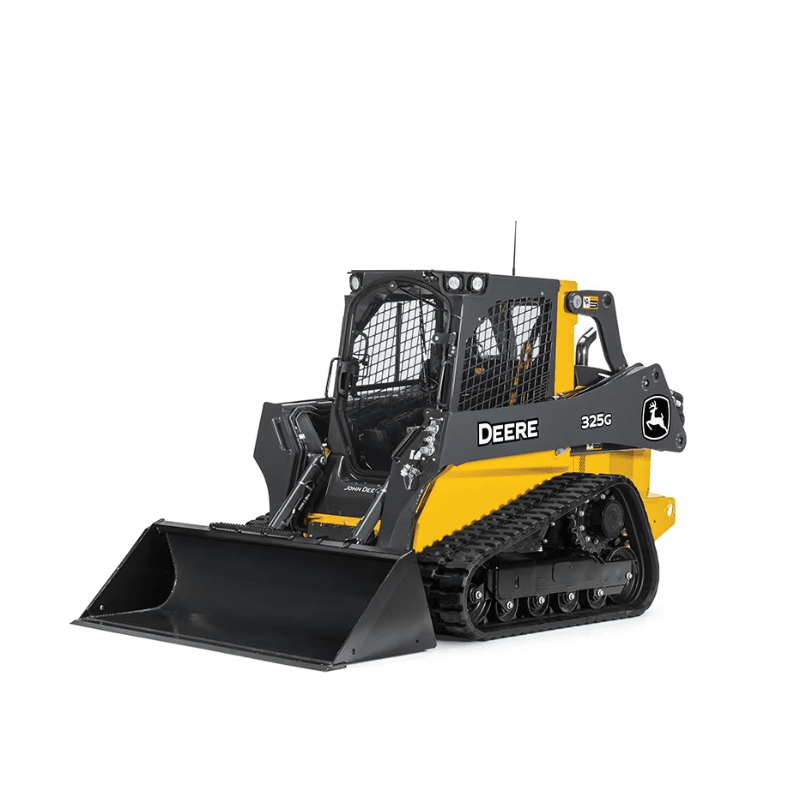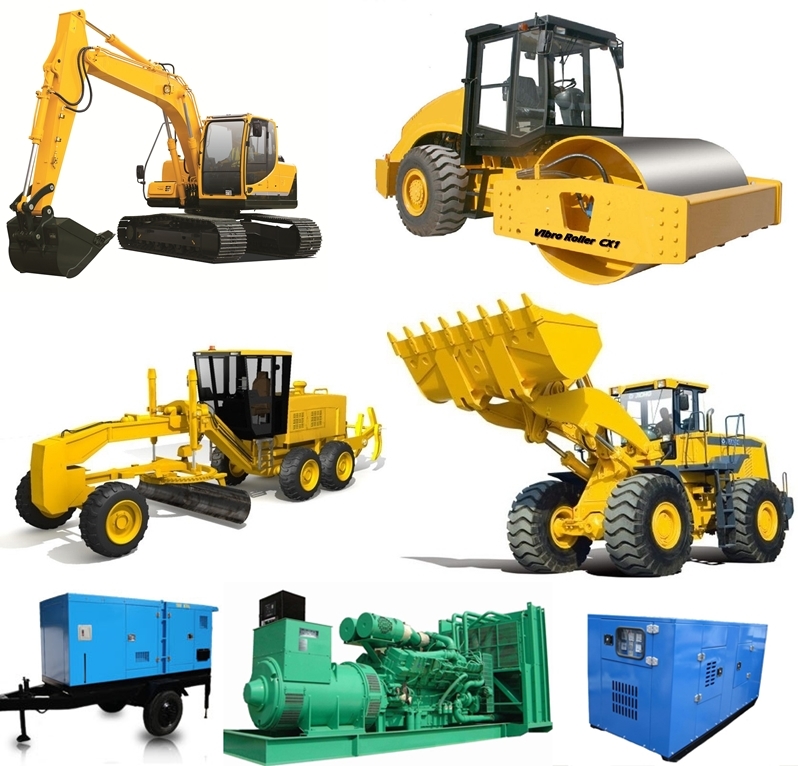Heavy Equipment Rental: Huge Machinery for Any Kind Of Construction Project
Heavy Equipment Rental: Huge Machinery for Any Kind Of Construction Project
Blog Article
Maximize Your Spending Plan by Recognizing the Prices Associated With Building And Construction Devices Rentals
Understanding the complete scope of prices connected with building devices services is essential for maximizing your budget plan. What strategies can be used to successfully handle these prices and guarantee an extra effective rental experience?
Introduction of Rental Expenses
When considering construction equipment rentals, understanding the linked costs is vital for reliable budgeting and job planning. Rental expenses can vary dramatically based upon numerous variables, including devices kind, duration of rental, and location. The first rental cost typically shows the devices's market need and its connected functional capabilities, influencing the overall expense.
Along with the base rental rate, ancillary expenses may develop, such as transportation costs, gas additional charges, and upkeep costs. It is necessary to represent these added expenses to accurately evaluate the complete cost of leasing devices. In addition, the rental duration can influence prices; longer rentals may get approved for affordable prices, while temporary leasings may sustain greater everyday charges.

Breakdown of Rental Rates
A thorough understanding of rental rates is necessary for contractors and task supervisors aiming to enhance their budget plans. Rental prices for building tools usually contain several elements, including base prices, time-based charges, and use fees.
Base rates are the core charges connected with the leasing of the devices, typically identified by the type and dimension of the machinery. These prices can vary considerably, affected by elements such as devices need, availability, and regional market fads. Time-based fees, which may be daily, weekly, or monthly, offer to accommodate various project timelines and rental durations.
Additionally, rental rates might include use costs, which apply when devices is used past a defined limit, guaranteeing that the rental business can make up damage. Seasonal need changes can also impact rental prices, with peak building seasons commonly commanding greater costs.
Furthermore, understanding the rental company's policies regarding upkeep and insurance coverage can offer more understanding right into the general expense structure. By examining these components, contractors can make informed choices, making sure the selection of rental equipment straightens with both project needs and budget restrictions.
Added Charges to Think About
Understanding the intricacies of additional fees is important for contractors to manage their total leasing expenses successfully. Beyond the typical rental prices, various additional fees can considerably influence the total expense of tools service. These fees often include distribution and pick-up charges, which can vary based on range and logistics associated with transferring the devices to and from the task site.
Additionally, some rental firms might impose gas additional charges if the equipment is returned with much less fuel than when rented. It is additionally important to be mindful of prospective cleaning fees, specifically for specific tools that calls for detailed maintenance after use.

Extensively reviewing the rental arrangement and making clear these additional charges upfront can help service providers avoid unexpected costs and guarantee that budgets stay intact throughout the task lifecycle.
Upkeep and Fixing Expenditures
Normal maintenance and investigate this site fixing expenditures are frequently ignored aspects that can considerably affect the total cost of construction equipment services. When renting devices, it is essential to take into consideration not only the rental fees however also the potential prices associated with maintaining the machinery in ideal operating condition.
Many rental companies include standard upkeep as component of the rental arrangement; nevertheless, much more unexpected failures or extensive repairs can result in additional costs. It's vital to review the rental contract thoroughly to recognize what maintenance solutions are covered and what responsibilities fall on the renter.
In addition, devices that is not well-kept can bring about inadequacies on the work website, potentially enhancing and causing delays task prices. To minimize these risks, it is advisable to perform regular inspections and preserve open communication with the rental company concerning any kind of problems that occur during usage.
Insurance Coverage and Obligation Costs
Insurance and responsibility costs are important parts that can considerably impact the overall expenditure of building equipment rentals (forklift rental). These expenses make sure that both the rental business and the customer are shielded from prospective financial losses developing from mishaps, damage, or theft throughout the rental period

Additionally, clients should understand any deductibles or exclusions in the insurance coverage policy, as these can affect possible out-of-pocket expenditures. Recognizing the terms of any type of insurance policy coverage is essential to avoid unexpected expenses. Eventually, budgeting for insurance and obligation costs can help make sure a smoother rental experience and secure versus economic threats related to building jobs.
Conclusion
Finally, a comprehensive understanding of the costs related to construction devices services is vital for effective budget plan monitoring. By evaluating rental rates, additional costs, maintenance expenses, and insurance coverage individuals, organizations and needs can minimize unforeseen expenses. advice This critical approach not just enhances cost-effectiveness but additionally makes sure that projects proceed smoothly and effectively. Inevitably, notified decision-making relating to equipment services adds to the useful content total success of building and construction ventures.
Rental costs can differ substantially based on numerous factors, including equipment kind, duration of leasing, and area (scissor lift rental). The rental period can affect rates; longer services might certify for affordable prices, while short-term services may incur greater daily fees
By performing detailed study and engaging with respectable rental companies, contractors can properly browse the intricacies of rental rates, inevitably maximizing their economic resources.
Beyond the common rental rates, numerous auxiliary fees can substantially affect the complete cost of devices rental. Rental companies usually supply liability insurance that covers injuries to 3rd celebrations or damage to residential or commercial property, while equipment damages insurance coverage can cover the expense of repairs or substitute if the leased tools is harmed.
Report this page